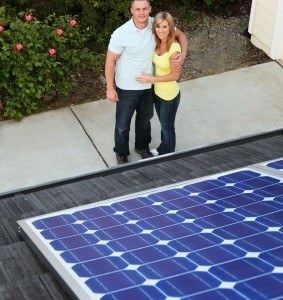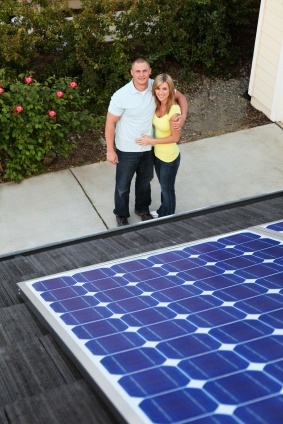In 2011, there was a rash of predictions on the slow down of installations of solar panels and systems because the Government kept slashing at rates paid to consumers for selling electricity back to the main grid and adding extra power costs to their bills.
Victoria has more than 17% of Australia’s solar panels and systems, and according to Roy Morgan Research, the number of solar panels has actually more then doubled from 7.5% in March of 2011 to 16% by 2013’s end.
Paying Power Costs for What Consumers are Avoiding
From 60 cents, the feed-in tariff of Victoria went down to 25 cents in 2011; it is eight cents at the moment for new customers, meaning, there will be extra power costs and rough times ahead for a consumer to pay for household energy consumption when the unused power is sold back to the main grid.
But it is not only Victoria that has had its feed-in tariffs cuts; in other states and at different time periods, drastic cuts have been applied to feed-in tariffs with little or no notice to the consumers. These cuts have cost consumers to pay extra power costs when these are what they were avoiding in the first place.
Solar Power is Now More Affordable than Ever
It may sound strange but people are still buying solar panels despite recent developments that solar systems may not be able to pay out the proceeds of having to sell unused power. According to Clean Energy Council policy manager Darren Gladman, there are two key factors which continue to move consumers to go solar: increasing power costs and the expected return on investment or ROI. Solar panel costs have plummeted because of the take over of their manufacturing by Chinese companies; in 2010, for instance, the cost of a solar panel system would be equivalent to a small family car but today, the same system will cost the same amount as a flat screen television.
Whether the consumer sells back the unused electricity to the main grid or not is irrelevant to the fact that a solar power system of average size these days minimises power costs and is affordable enough; it is also able to pay for itself in six years or so. Solar companies tell consumers to “just buy” a system with just the exact capacity for their household needs and never mind about whether they can sell back any extra to the main grid. The point being, with solar energy, their power costs would have been reduced.
The Rise of Solar Power Continues to increase
Solar power systems, according to the Clean Energy Council, are not the domain of the middle-class, a misconception that has been perpetuated and alienated by those not of that class. University of Queensland law professor James Allan, said that home solar power systems are a form of “middle-class warfare,”and are considered less of a threat by solar panel owners than the power companies lobbying for the introduction of a fixed fee for putting up solar panels.
Electricity bills and power costs are currently computed on fixed fees for usage of wire infrastructure, use of poles, and a charge fee based on how much or little energy is consumed. Energy retailers and big companies, however, may target this fixed fee component to further increase rates for power consumption as demand for solar power systems continue to rise and the need for traditional grid-based electricity is reduced.

